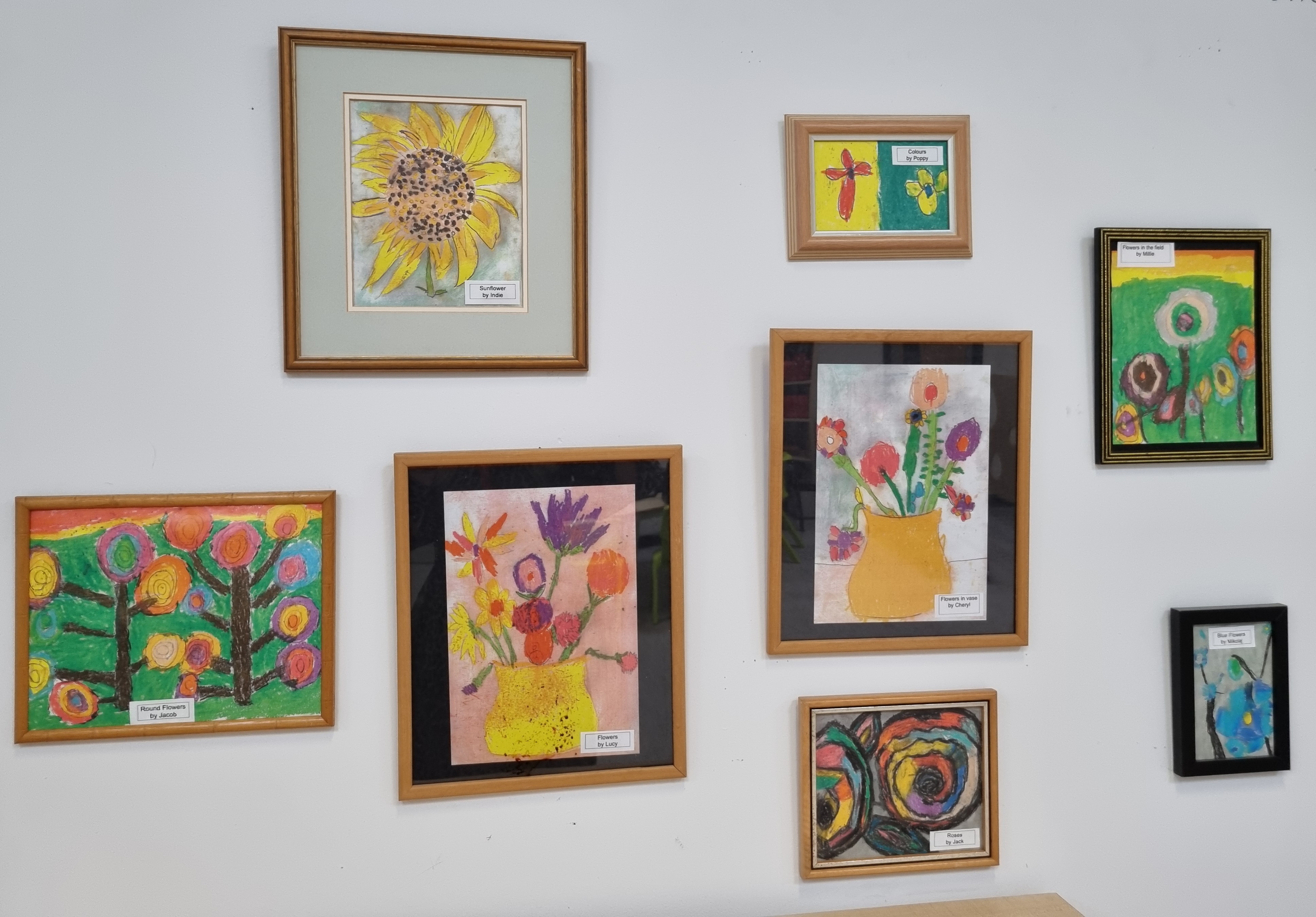Art and Design

Intent
Why do we teach this? Why do we teach it in the way we do?
At Carr Lodge Academy, we believe that high-quality Art lessons will inspire children to think innovatively and develop creative procedural understanding. Our bespoke Art curriculum, created in line with National Curriculum expectations, provides children with opportunities to develop their skills using a range of media and materials.
The children will work through a range of disciplines: drawing, painting, printing, texture, collage, 3D work and digital art in order to explore the 7 elements. The substantive knowledge within these elements is progressive from Nursery to Year 6 and builds essential knowledge vocabulary. Substantive knowledge is also the knowledge of known artists/designers, their style and period of art. Purposeful and natural links to other elements of art and design/artists and designers as well as other subject areas are identified in order to connect essential knowledge.
Substantive Knowledge in art is based on the knowledge of the 7 elements of art. Although not directly taught at primary level, the children will also develop an awareness of the 7 principles of art.
These are:
7 Elements of Art :· line · shape · colour · form · value · texture · space
7 Principles of Art :· balance · contrast · emphasis · pattern · rhythm · variety · unity
Disciplinary Knowledge in art and design is the interpretation of the elements, how they can be used and combined in order to create a specific and desired effect. It is also the critical evaluation of artists work; evaluating style and technique and having the ability to appraise a piece of work.
Children will be introduced to a range of works and develop knowledge of the styles and vocabulary used by famous artists. The skills they acquire are applied, when relevant to our learning lenses- Identity and Social Justice; Power, Leadership and Invasion; Sustainability and the Impact on our World.
Implementation:
Art is taught either weekly or blocked to give more time to work on a particularly project or piece of learning. This is at the discretion of the class teacher and subject leader.
In Art, children are expected to be reflective and evaluate their work, thinking about how they can make changes and keep improving. In KS2 we use sketchbooks as a tool for practising skills, analysing artists’ work and reviewing and evaluating our own art work. Children are encouraged to take risks and experiment and then reflect on why some ideas and techniques are successful or not for a particular project.
The art and design sketchbook can be used to;
- Practise skills, e.g. drawing techniques such as shading or drawing from different viewpoints.
- Collect ideas from a visit – recording first hand observations or adding particular works that interest them on a visit to an exhibition or museum for future reference.
- Collect pictures/samples from the internet, magazines, cards etc.
- Store photographs.
- Collect samples of materials, fabrics and textures.
- Show colour strips from colour mixing.
- Evaluate their own work and work of other artists.
- Store samples of work (these may be stuck in)
- Record ideas and thoughts in writing.
- Research, collect information and include personal comments about the work of other artists.